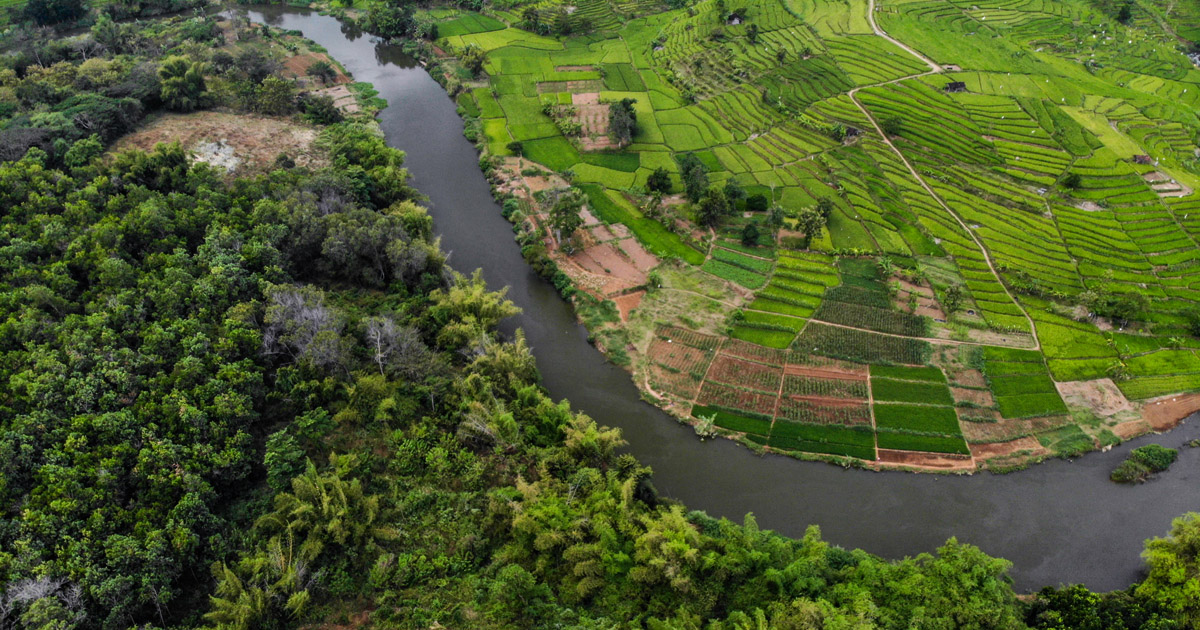The carbon (C) footprint of palm-oil production is needed to judge emissions from potential biofuel use. Relevance includes wider sustainable palm oil debates. Within life cycle analysis, aboveground C debt is incurred if the vegetation replaced had a higher C stock than oil palm plantations. Our study included 25 plantations across Indonesia, in a stratified study design representing the range of conditions in which oil palm is grown. From allometric equations for palm biomass and observed growth rates, we estimated the time-averaged aboveground C stock for 25-year rotations and 95%-confidence intervals to be 42.07 (42.04-42.10) Mg C ha-1 for plantations managed by company on mineral soil, 40.03 (39.75-40.30) Mg C ha-1 for plantations managed by company on peat, and 37.76 (37.42-38.09) Mg C ha-1 for smallholder oil palm on mineral soils. Oil palm can be established C debt-free on mineral soils with aboveground C stocks below these values; neutrality of mineral soil C pools was documented in a parallel study. Acknowledging variation in shoot:root ratios, the types of vegetation that can be converted debt-free to oil palm include grasslands and shrub, but not monocultural rubber plantations, rubber agroforest, and similar secondary or logged-over forests of higher C stock.
DOI:
https://doi.org/10.1080/23311843.2015.1119964
Altmetric score:
Dimensions Citation Count:

Publication year
2015
Authors
Khasanah, N.M.; van Noordwijk, M.; Ningsih, H.
Language
English
Keywords
oil palms, deforestation, biofuels, land use, aboveground biomass, carbon sinks, soil minerals, vegetation
Geographic
Indonesia























